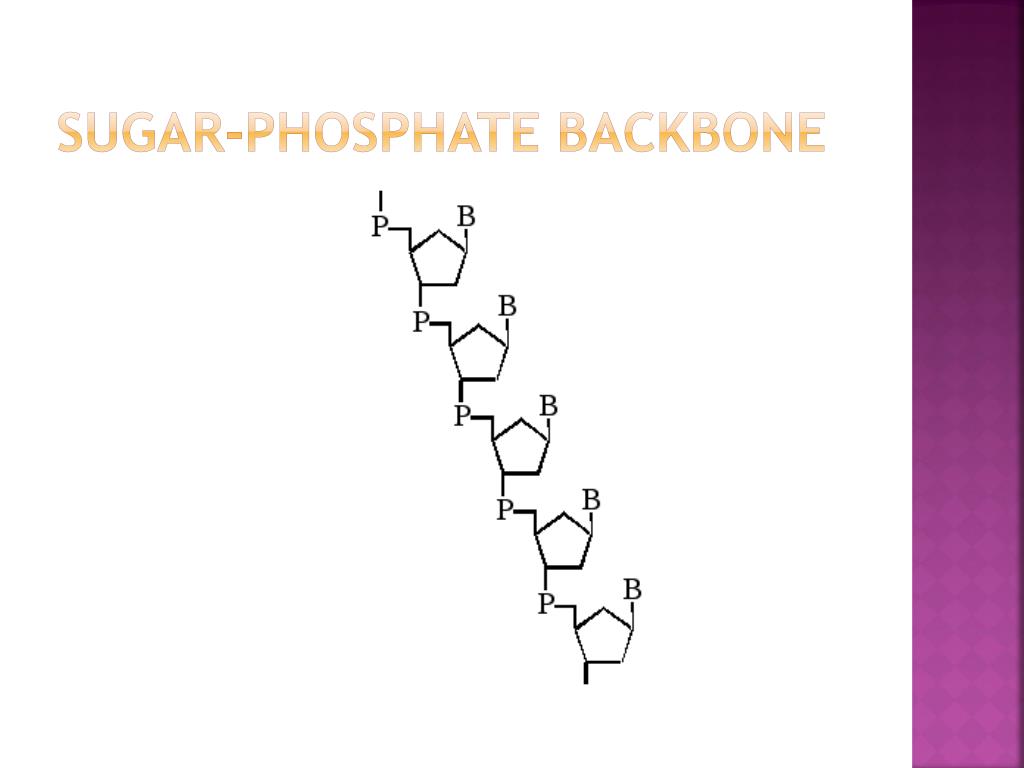
ĭNA does not usually exist as a single strand, but instead as a pair of strands that are held tightly together. According to another study, when measured in a different solution, the DNA chain measured 22–26 Å (2.2–2.6 nm) wide, and one nucleotide unit measured 3.3 Å (0.33 nm) long. The pair of chains have a radius of 10 Å (1.0 nm). Both chains are coiled around the same axis, and have the same pitch of 34 ångströms (3.4 nm). In all species it is composed of two helical chains, bound to each other by hydrogen bonds. The structure of DNA is dynamic along its length, being capable of coiling into tight loops and other shapes. Each end of the double helix has an exposed 5' phosphate on one strand and an exposed 3′ hydroxyl group (-OH) on the other.ĭNA is a long polymer made from repeating units called nucleotides. These compacting structures guide the interactions between DNA and other proteins, helping control which parts of the DNA are transcribed.Ĭhemical structure of DNA hydrogen bonds shown as dotted lines. Within eukaryotic chromosomes, chromatin proteins, such as histones, compact and organize DNA. In contrast, prokaryotes ( bacteria and archaea) store their DNA only in the cytoplasm, in circular chromosomes. Eukaryotic organisms ( animals, plants, fungi and protists) store most of their DNA inside the cell nucleus as nuclear DNA, and some in the mitochondria as mitochondrial DNA or in chloroplasts as chloroplast DNA. Before typical cell division, these chromosomes are duplicated in the process of DNA replication, providing a complete set of chromosomes for each daughter cell. Within eukaryotic cells, DNA is organized into long structures called chromosomes. Under the genetic code, these RNA strands specify the sequence of amino acids within proteins in a process called translation. RNA strands are created using DNA strands as a template in a process called transcription, where DNA bases are exchanged for their corresponding bases except in the case of thymine (T), for which RNA substitutes uracil (U). It is the sequence of these four nucleobases along the backbone that encodes genetic information. Attached to each sugar is one of four types of nucleobases (or bases). The two strands of DNA run in opposite directions to each other and are thus antiparallel. A large part of DNA (more than 98% for humans) is non-coding, meaning that these sections do not serve as patterns for protein sequences. This information is replicated when the two strands separate. In DNA, the pyrimidines are thymine and cytosine the purines are adenine and guanine.īoth strands of double-stranded DNA store the same biological information.


The complementary nitrogenous bases are divided into two groups, pyrimidines and purines.

The nitrogenous bases of the two separate polynucleotide strands are bound together, according to base pairing rules (A with T and C with G), with hydrogen bonds to make double-stranded DNA. The nucleotides are joined to one another in a chain by covalent bonds (known as the phosphodiester linkage) between the sugar of one nucleotide and the phosphate of the next, resulting in an alternating sugar-phosphate backbone. Each nucleotide is composed of one of four nitrogen-containing nucleobases ( cytosine, guanine, adenine or thymine ), a sugar called deoxyribose, and a phosphate group. The two DNA strands are known as polynucleotides as they are composed of simpler monomeric units called nucleotides. Alongside proteins, lipids and complex carbohydrates ( polysaccharides), nucleic acids are one of the four major types of macromolecules that are essential for all known forms of life.

DNA and ribonucleic acid (RNA) are nucleic acids. The polymer carries genetic instructions for the development, functioning, growth and reproduction of all known organisms and many viruses. Deoxyribonucleic acid ( / d iː ˈ ɒ k s ɪ ˌ r aɪ b oʊ nj uː ˌ k l iː ɪ k, - ˌ k l eɪ-/ ( listen) DNA) is a polymer composed of two polynucleotide chains that coil around each other to form a double helix.


 0 kommentar(er)
0 kommentar(er)
